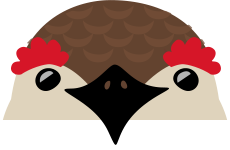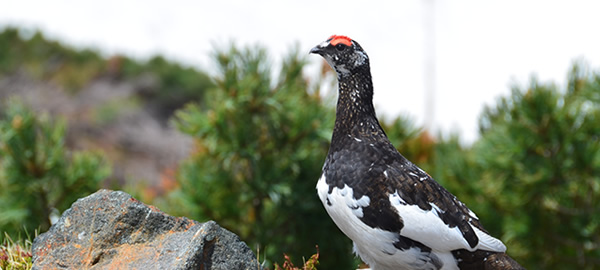
Japanese rock ptarmigan profile
Ptarmigans and grouses, called raichō in Japanese, are birds of the order galliformes (heavy-bodied ground-feeding birds) that inhabit the northern hemisphere, from mid-lattitudes to the arctic circle. There are 18 (※1)species recognized around the world, generally divided into 4 groups characterized by their natural habititats of forest, groves and shrubbery, plains, and tundra.

While ptarmigans are often thought of as alpine birds, some ptarmigans also spend the winters along the shore in such places as the Kamchatka Peninsula and the North America's Hudson Bay. In Japan, tundra-inhabiting rock ptarmigans can be found in the Chubu Mountain region, and the forest-inhabiting hazel grouse can be found in Hokkaido. The rock ptarmigans found in the Chubu region came to the area during the ice age, and then migrated back north as the climate warmed and the glaciers retreated. At that time, a group of rock ptarmigans found a suitable climate in the mountains and became isolated. Like their counterparts which inhabit the European Alps and Pyrenees, they represent a population left behind during migration after the ice age.
The scientific name of the rock ptarmigan is Lagopus muta. This name reflects the ptarmigan's special characteristics; lagopus means "rabbit foot", referring to the heavy plumage which covers the rock ptarmigan's legs down to the talons. Muta means "mute" (※2), a recognition of the quiet nature of the ptarmigan. Generally, birds of the Tetraoninae subfamily are referred to as grouse throughout the world, however the species of the Lagopus genus, which lose their color to turn white in the winter, are known as ptarmigans. (Lagopus muta is referred to as the rock ptarmigan in North America, and simply as the ptarmigan in the UK. The rock ptarmigan was originally called the rai no tori, ( Raichō, rai no tori ) however in the Edo period, it came to be called the raichō ( Raichō ), written with kanji which literally mean "thunder bird". Since ptarmigans are widely distributed around arctic areas, and the species differs slightly in character based on region, there are about 23-30 identified Asian subspecies. The variety found in Japan is named Lagopus muta japonica (Japanese rock ptarmigan), and is found the farthest south of any asian subspecies.
(※1)Raichō fall into the grouse (Tetraoninae) subfamily, of which has 18 species (IUCN 2007). Japan changed its classification to the order of Galliformes, family of Phasianidae, genus Lagopus, as well as its scientific name to match international standard; previously it had been listed in the family Tetraoninae. (The Ornithological Society of Japan 2012)
(※2)There is also the theory that the name muta means "change".
